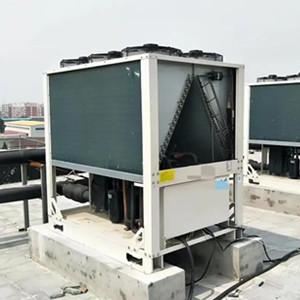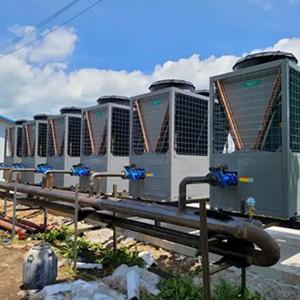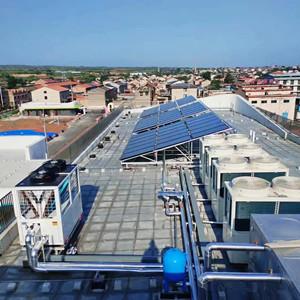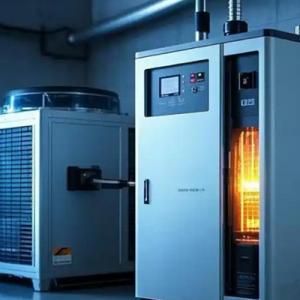How Effective are Air Source Heat Pumps in Ultra-low Temperature Areas?
Air source heat pumps perform well in ultra-low temperature areas, especially in the cold climate of the north.
The effectiveness of air source heat pumps in ultra-low temperature areas depends on whether their design is suitable for low temperature environments. Some heat pumps use special technologies, such as jet enthalpy increase systems, which can improve heating performance under low temperature conditions, so that heat pumps can still work normally at ambient temperatures of -25℃ or even lower.
In ultra-low temperature environments, the energy efficiency ratio (COP) of heat pumps may decrease, but some ultra-low temperature air source heat pumps are designed to maintain a high energy efficiency ratio under low temperature conditions, such as an energy efficiency ratio of more than 1.8 at -25℃.
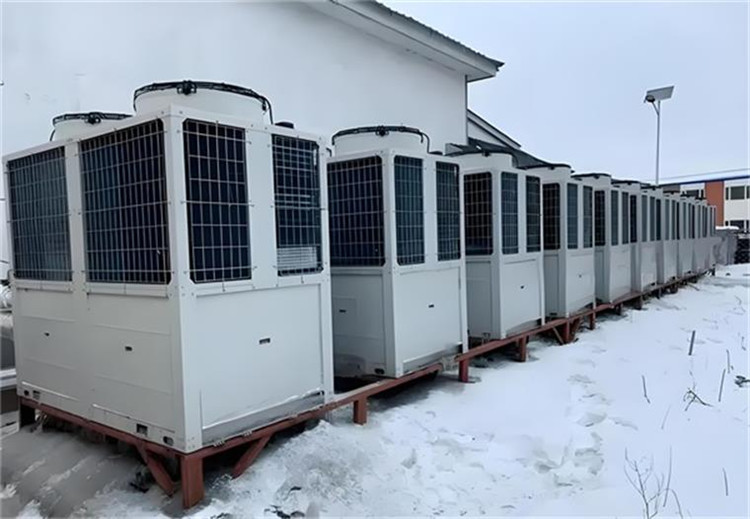
The air source heat pump system can provide a comfortable indoor temperature because it heats through water circulation, the heat is evenly distributed, there is no feeling of hot wind, no dust or noise.
Air source heat pump is considered as an energy-saving heating method because of its high energy efficiency. It can produce hot water of 35℃-60℃, which can meet the indoor temperature requirement of 18℃-22℃. Compared with traditional gas wall-mounted boilers and electric wall-mounted boilers, air source heat pump has significant energy-saving advantages.
In addition, ultra-low temperature air source heat pump has been widely used in cold areas in the north, becoming the main form of heating to replace traditional coal boilers, and has been highly praised by users. Its energy-saving effect is significant. Compared with traditional heating equipment such as oil boilers and gas boilers, the energy-saving rate is more than 50%. Therefore, the heating effect of ultra-low temperature air source heat pump in ultra-low temperature areas is not only stable and reliable, but also economical and efficient. It is an ideal heating solution for cold areas.
